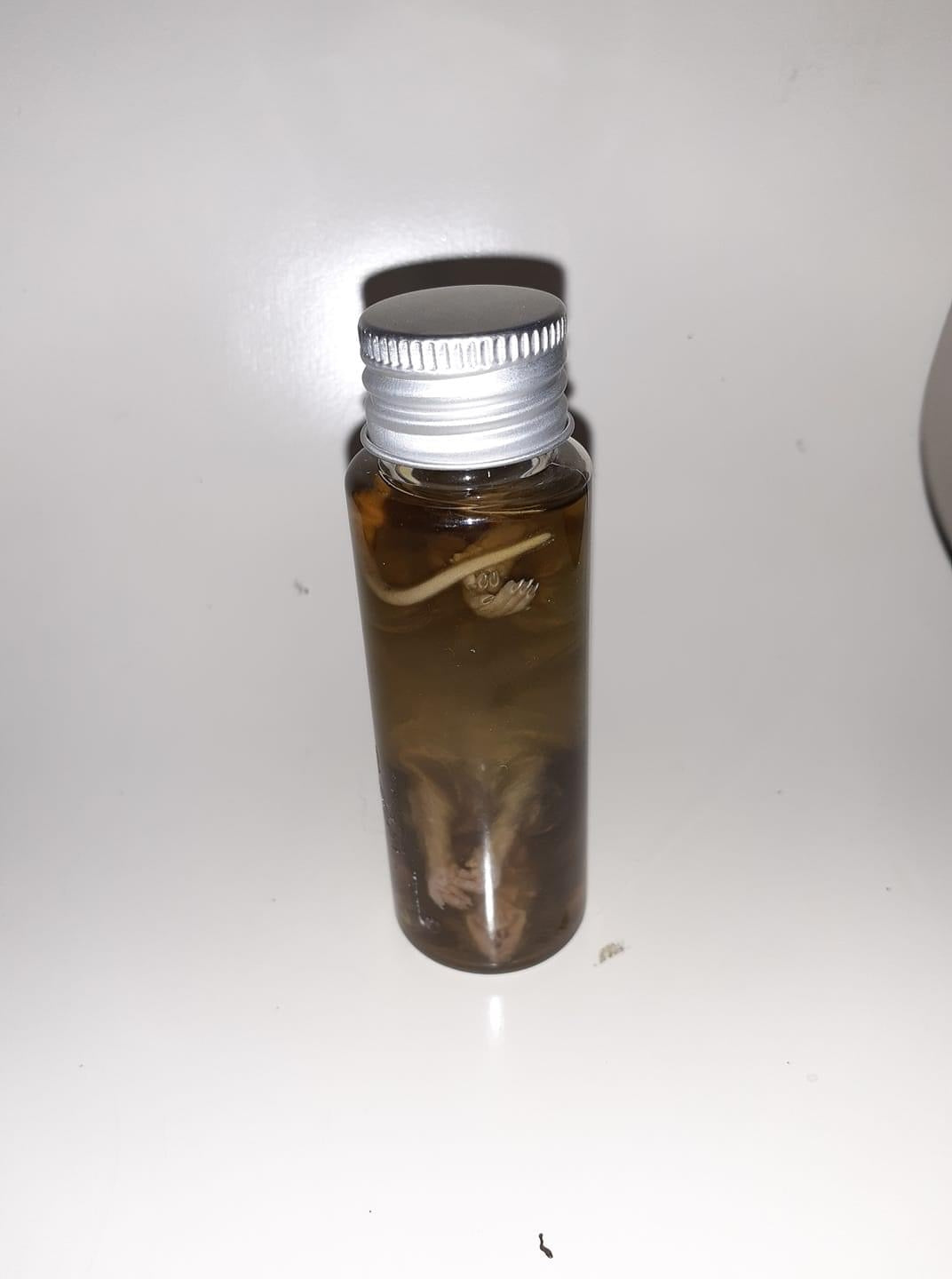
Inadequate Fixation: A Closer Look
When your wet specimen starts to look or smell bad, it's usually a sign that something's gone wrong in the preservation process. If the specimen isn't properly fixed, it can start to decay within days to months after preservation, or even years down the line in rare cases. There are some telltale signs to watch out for, such as floating in the liquid, a foul odor, fur slippage, drastic discoloration of the liquid, or tissue chunks detaching from the specimen.
One common issue is discoloration of the liquid, which can happen in properly preserved specimens when pigments leech out of the animal's tissues. For example, reptiles and fish may fade over time, tinting the liquid. Organs can also lose pigment or 'bleed' after preservation, particularly hearts. The liquid shouldn't be so dark that you can't see through it or have a greenish tint and a bad smell, indicating decomposition.
Bad odors are another red flag, especially if it smells like decomposition. Sometimes, the smell might come from the animal itself, or it could be from the chemicals used in preservation. However, if it's a decomposition odor, that's likely what's happening.
Floating in the liquid can occur during preservation due to trapped air or gases in the specimen. This can usually be fixed by re-injecting, burping the specimen, or shaking the container to release the trapped air. If a specimen you've purchased is floating in isopropyl alcohol, it's a sign that something's wrong.
Fur slippage can occur if the animal is too decomposed before preservation. Formalin can't reverse the decomposition process, but it can stop it once the tissue is fixed. Continuous fur slippage, even after fixing, is a problem and may indicate significant deterioration.
If tissue chunks are detaching from the specimen, it's almost always a sign of decomposition. However, in some cases, fatty specimens may release a frothy foam due to lipids oozing out during preservation. A gentle wipe and a change of alcohol can usually resolve this.
Improperly fixed wet specimens can decompose due to various reasons. Incomplete fixation allows microbes to persist, leading to tissue breakdown. Autolysis occurs as enzymes in the cells continue to function, breaking down cellular structures. Improper fixation can also create conditions for putrefactive bacteria, resulting in foul-smelling gases and physical changes in the specimen. Chemical reactions and tissue breakdown further compromise the specimen's integrity.
To prevent decomposition, it's crucial to follow proper fixation protocols, regularly monitor the specimen, replace storage solutions regularly, and ensure safe storage conditions.